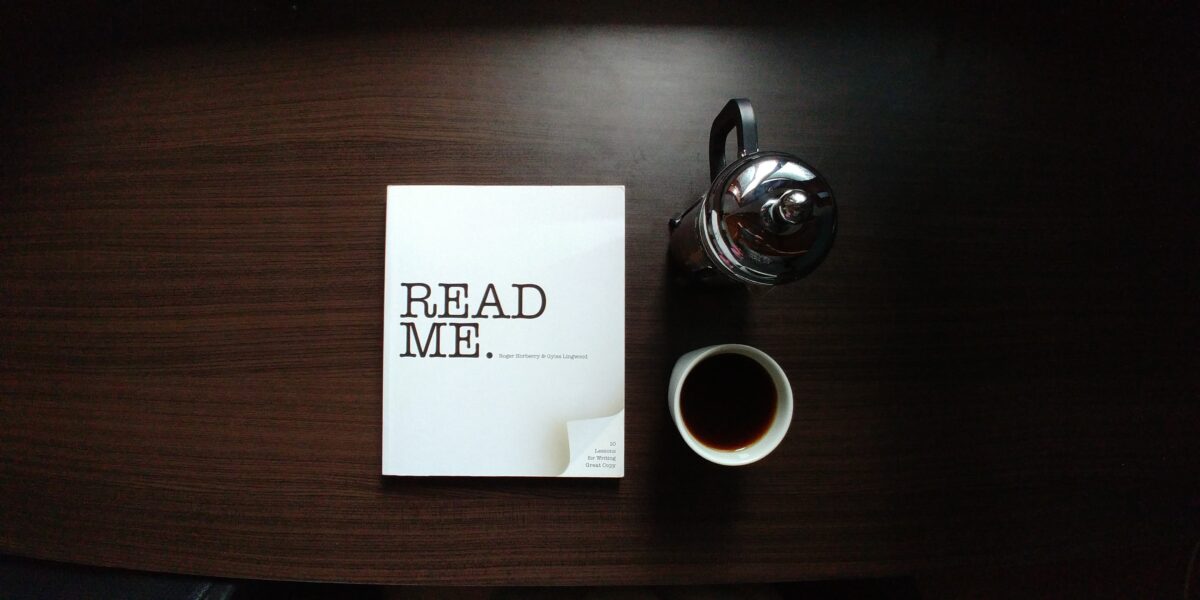While some may think a press release is archaic, it still should be part of your overall marketing strategy.
In the simplest sense, a press release is a news story written by a public relations professional and sent to targeted members of the media. Typical elements include:
- Headline
- Subheadline
- Dateline
- Lead sentence with the most important information up front
- Body text that expands on the news
- Quotes from representatives of your brand or other relevant individuals
- Company boilerplate
- Contact information
Of course, the days are different from when press releases were the dominant way that brands could get their story out. Now, just social media alone provides an immediate solution for brands to directly tell their story to consumers.
But the relevance of a press release remains.
About 44 percent of journalists trust press releases the most, with a portion saying that it’s their most trustworthy source of brand-related information.
There is a nuance in crafting a press release that’s both informative and engaging. The following are eight tips to write a press release that gets noticed.
Determine a relevant, newsworthy angle
Before you even begin to write a press release, you have to ask yourself: “Why would anyone be interested?”
You need to have a newsworthy angle. Remember that a press release is about delivering an official statement to the media in addition to your current and potential customers.
The media still counts on press releases for discovering story ideas. Give them the why they need to notice your press release among all others. In fact, your why should be in the first sentence.
Here are some topic ideas:
- Receiving an award
- Launching a new product or service
- Hiring a new executive
- Planning a big event
- Managing any type of crisis
Of course, you’re not the only brand that would ever launch a new product, for example. Go behind the standard, expected angle and see if you can offer a unique perspective to your brand’s news.
Focus on an engaging headline
Your headline is the first thing a reporter reads in your press release, which makes it almost one of the most important parts. It is your first impression, for sure.
More than anything, you want to stand out. Think about how you can be both catchy and informative. Also, consider opportunities to include:
- Action words
- Numbers
- Interesting adjectives
- Accuracy
Check out our 19 tips to write engaging, effective headlines.
Keep it brief
While you might be tempted to include every possible detail in your press release, don’t. Stick with the facts, and don’t stray away from the point or repeat yourself.
You want journalists to have all the relevant information they need to write their stories, but you want to be skimmable as well. If it’s too dense and long, you risk losing their interest altogether.
A general recommendation is to be one or two pages maximum, but strive for only one page if possible.
Provide a release date
Including a date in your press release tells the reader exactly how new or old the story is. This is necessary for journalists.
Remember that if the news should not be released yet, you can have an “embargoed until” date. There’s no for-sure guarantee that every journalist will observe it, but most should.
Include a call-to-action
What do you want the journalist to do because of your press release? Including a strong call-to-action clearly expresses what you want him or her to do.
Because a majority of readers will not read it to the end, you’ll want to include your CTA high up in your text, preferably between the first and third paragraphs.
Keep these factors in mind with your CTA:
- Formatting with bold and italics to draw attention
- Standing alone from the rest of your text
- Including a link
Share quotes
Quotes are a great way to add authority and dimension to your press release. You can quote an executive from your company, an industry expert or other relevant individual.
Plus, journalists definitely use press releases for quotes and often pull them directly for their articles.
Try to include quotes from more than just one source.
You should include contact information for your company’s point of contact in case a journalist wants additional quotes or has any questions.
Leverage multimedia in your press release
Whenever you can show rather than tell, go for it. Including multimedia in your press release can enhance your storytelling while also offering additional information and visual references.
Press releases with a visual element get about three times more views. Multimedia types you can use:
- Photos
- Infographics
- Videos
- PDFs
Just make sure that the multimedia you’re including is high-quality and shareable.
Visuals also impact emails in general. See these six ways that visuals increase email conversions.
SEO still matters
Press releases exist digitally, so search engine optimization (SEO) for everything you put out there still matters. Keep your keywords in mind.
Check out these 11 free SEO keyword research tools that you should consider.
In addition, think about:
- Keeping your sentences and paragraphs short
- Bolding and italicizing critical information
- Using bullets and/or number lists
Check out our 12 SEO marketing tips for beginners.
In conclusion
Be patient when writing your first few press releases and don’t be afraid to tweak, adjust and proof multiple times to get it right. (Of course, you’ll want to proof for any spelling or grammar mistakes.) Practice makes perfect. Just focus on your target audience and how you can stand out from the crowd.
While you’re writing your press release, think about your digital marketing process. Is it everything you want it to be? DailyStory features automation, audience segmentation and more. Schedule your free demo with us today.

